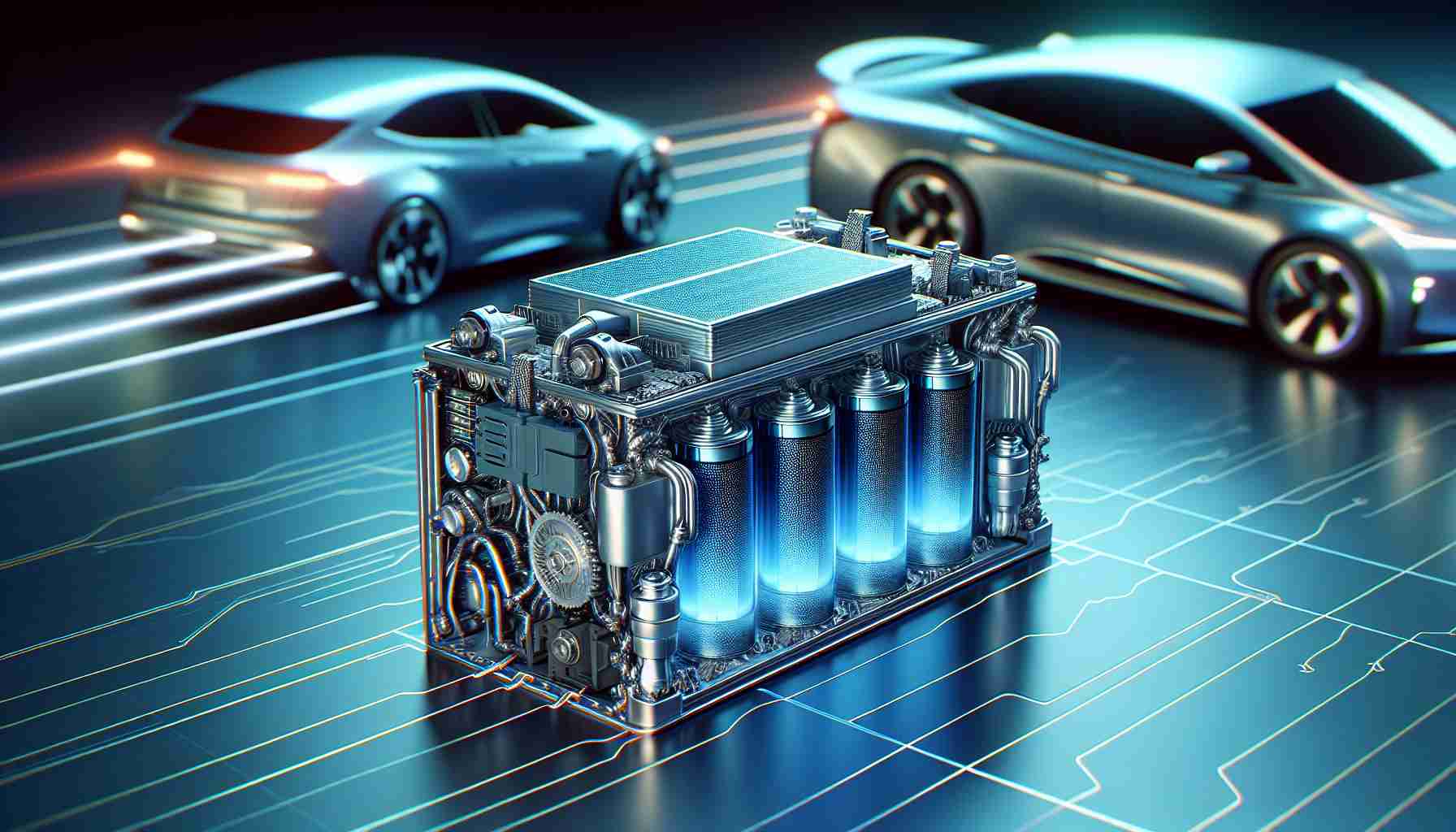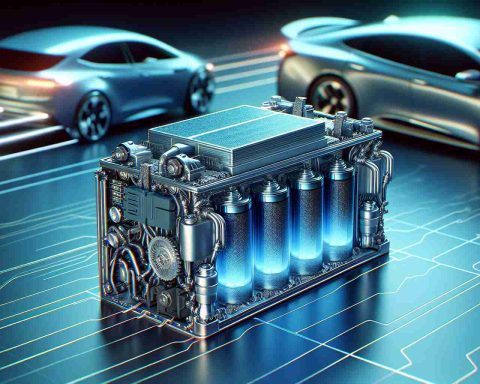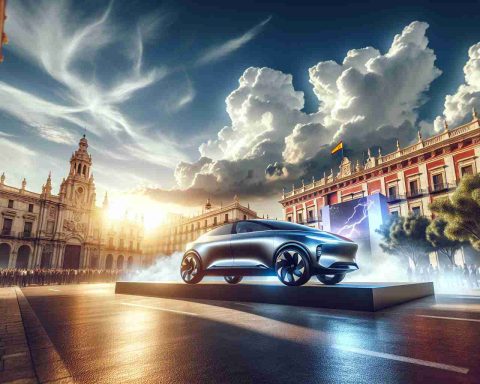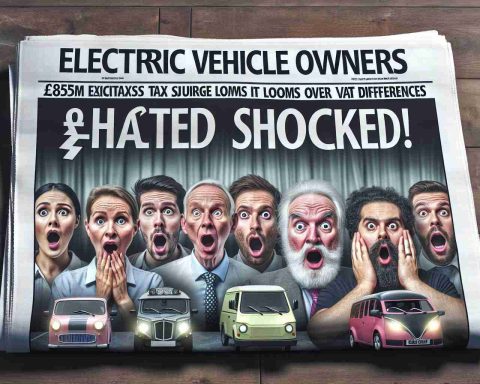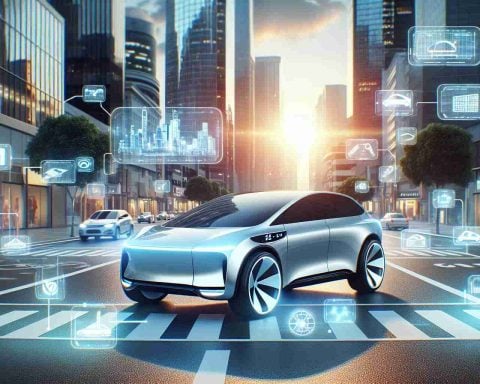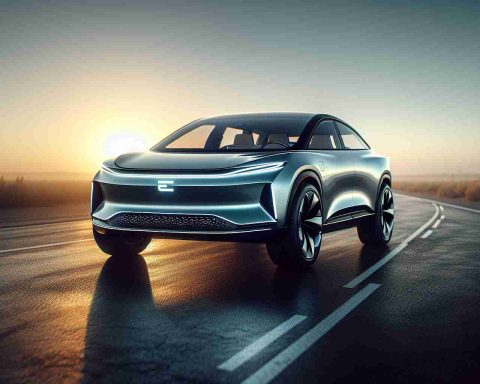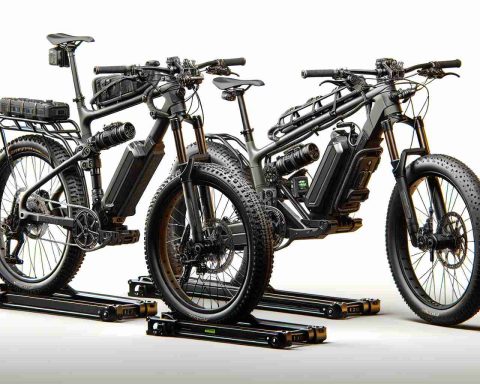- Semi-solid state batteries integrate traditional lithium-ion and solid-state tech, promising improved EV performance.
- These batteries could offer up to 30% more energy per unit, enhancing driving ranges significantly.
- China is leading the development, with significant investments from companies like Ganfeng Lithium and Farasis Energy.
- Expected to secure 5% of the EV battery market by 2030, semi-solid state batteries could lower carbon footprints through sustainable materials.
- Challenges include high production costs and specialized manufacturing requirements, impacting mass market adoption.
- Future advancements may reduce costs, making EVs more efficient and environmentally friendly by 2027-2030.
Prepare for the next wave in electric vehicle (EV) technology—semi-solid state batteries. These powerhouses are being hailed as the future, promising to merge the reliability of traditional lithium-ion batteries with the groundbreaking benefits of solid-state technology.
The Electrifying Potential
Semi-solid state batteries are on the brink of revolutionizing EV performance, offering a tantalizing promise of extended driving ranges. Imagine adding up to 30% more energy per unit, compared to conventional counterparts. Countries like China are spearheading this charge, with giants like Ganfeng Lithium and Farasis Energy investing heavily, aiming to push production to around 10 GWh by 2028.
Market Forecasts and Environmental Impact
Projected to capture 5% of the EV battery market by 2030, these batteries are more than just a fleeting trend. Their construction allows for more sustainable material sourcing, potentially reducing the carbon footprint—a vital step in green technology advancements.
Challenges on the Horizon
While the potential is significant, obstacles remain. The current high production costs and special manufacturing needs present hurdles, delaying widespread adoption. The cost factor, for instance, still keeps these batteries out of the mass market, a challenge the industry must overcome for broader appeal.
Looking Forward
Despite these challenges, the semi-solid state battery tech story is one of exciting evolution. By 2027-2030, as costs decrease and manufacturing advances, EVs might be running smoother, faster, and greener than ever before. In this race, the innovation of semi-solid batteries may just secure pole position in the EV revolution. Stay tuned as the landscape of electric vehicles continues to evolve, promising a cleaner, more efficient future for transportation.
Will Semi-Solid State Batteries Be the Game Changer in Electric Vehicles?
The Promise of Semi-Solid State Batteries
Semi-solid state batteries are gaining traction in the electric vehicle (EV) industry, offering the potential to significantly enhance vehicle performance and sustainability. Combining the reliability of traditional lithium-ion technology with the innovative benefits of solid-state solutions, these batteries could provide up to 30% more energy per unit compared to existing options.
Chinese companies, such as Ganfeng Lithium and Farasis Energy, are at the forefront of this technology, with plans to increase production to approximately 10 GWh by 2028. This push mirrors a global trend towards more efficient and environmentally friendly energy sources, especially in rapidly growing EV markets.
Are Semi-Solid State Batteries Environmentally Friendly?
Yes, semi-solid state batteries could offer substantial environmental benefits. They are expected to capture about 5% of the EV battery market by 2030, thanks to their ability to utilize more sustainable materials in construction processes. This has the potential to substantially lower the carbon footprint of EV production, marking a significant leap forward in green technology.
The advent of such batteries could support global sustainability goals by reducing the reliance on rare and ecologically damaging materials typically used in traditional battery manufacturing processes. This reduction could lead to broader acceptance and integration of EVs, further diminishing environmental impacts linked to fossil fuel consumption.
What Are the Main Challenges for Semi-Solid State Batteries?
The path to widespread adoption of semi-solid state batteries is not without its challenges. Currently, the main hurdles involve high production costs and complex manufacturing requirements. These factors can hinder attempts to bring the technology to the mass market, limiting its appeal and accessibility.
Efforts are underway to address these obstacles, with projections indicating potential advances in cost reduction and manufacturing efficiency by 2027-2030. As these improvements materialize, it is anticipated that the adoption rate will rise, ultimately making EVs more affordable and commonplace.
The Future Outlook
In conclusion, semi-solid state battery technology represents a promising development in the EV landscape. While it faces certain challenges today, decreased costs and enhanced manufacturing processes in the near future could elevate EV performance, making them a greener and more efficient transportation choice. The race is on to secure the leading position in this evolving market, and semi-solid state batteries might just be the ticket to a more sustainable future.
For more insights into the forefront of battery technology, visit Ganfeng Lithium and Farasis Energy.
